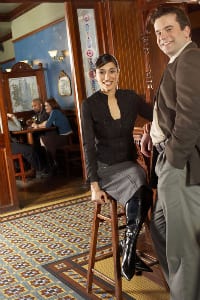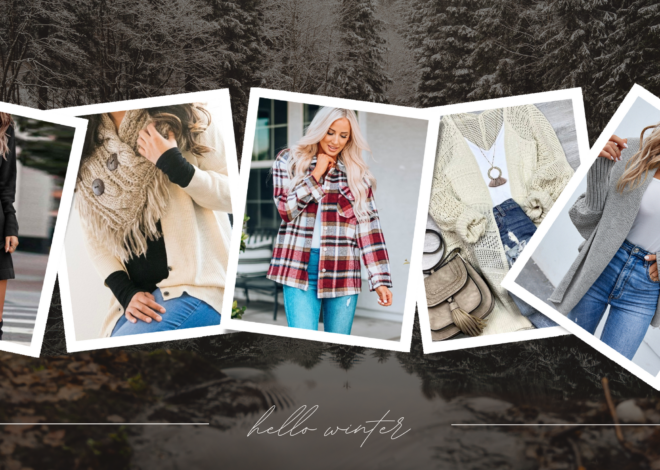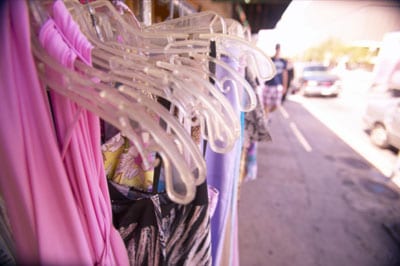The introduction of business casual dress in the workplace has created comfortable and informal environments. It’s also added confusion. What exactly does business casual dress mean? Women are especially concerned. Can you wear skirts? If so, what is the appropriate length? You may also be unsure if a sweater acceptable and what accessories are permitted. This article provides basic guidelines for women to consider when building a business casual wardrobe.
Business Casual Dress
A business casual dress code allows employees to work in a relaxed and informal environment. According to a 2005 Society for Human Resource Management survey, 44 percent of all businesses have instituted business casual dress codes.
Working at a company that permits business casual dress has its advantages. Mix-and-match business casual outfits are often less expensive than suits. Khaki pants are more comfortable than five days in panty hose. The biggest disadvantage to business casual dress codes is the ambiguity. Offices use vague language when defining business casual dress. You and your supervisor may disagree on what suitable attire is. The bottom line, though, is check with your human resource department for guidelines specific to your company.
The Wardrobe Starter Kit
Women have more business casual choices than men. Skirts or pants? Blouse or sweater? More options mean more confusion. A basic rule is to omit anything you would wear to a dance club or the gym. This includes items that are revealing: showing your mid-drift, cleavage, back or underwear isn’t appropriate. While you have the choice to wear casual pants, save the jeans for denim day. If you opt to wear a skirt or dress, choose one that allows you to sit comfortably in public. Too tight or too short won’t do.
Stick with conservative colors, but doing so doesn’t equate to only wearing brown, black or blue. This is your chance to add some color, but do so appropriately. Avoid inappropriate logos or words that may offend coworkers. Don’t forget that casual doesn’t mean wrinkled. Iron your outfit. Ask your supervisor about shoes and pantyhose policies. Many companies still require women to wear pantyhose and close-toed shoes, but may relax this policy during the summer months.
To Accessorize or Not to Accessorize
Unlike your male coworkers, you have the opportunity to accessorize your new business casual outfit and make a statement. Just choose your accessories—and your statement—wisely.
Use moderation when it comes to size and amount. One simple necklace is more tasteful than a neckline filled with accessories, and a bangle is better than a wrist decorated with charm bracelets. Replace your large hoop earrings with smaller ones. If you’re looking for a splash of color, add a scarf around your neck or at rest on your chest.
While moms relish the chance to smell of something other than baby powder, apply perfume or lotions sparingly. Many people suffer allergies to various fragrances. Lose the mom-look by leaving the large diaper bag at home and opt for a small purse or portfolio.
Flexibility
A business casual office allows you flexibility with your wardrobe selection; but choose your outfits and accessories wisely. When in doubt, ask for the office guidelines and have your supervisor clarify what “business casual,” “appropriate,” and “suitable” mean.



